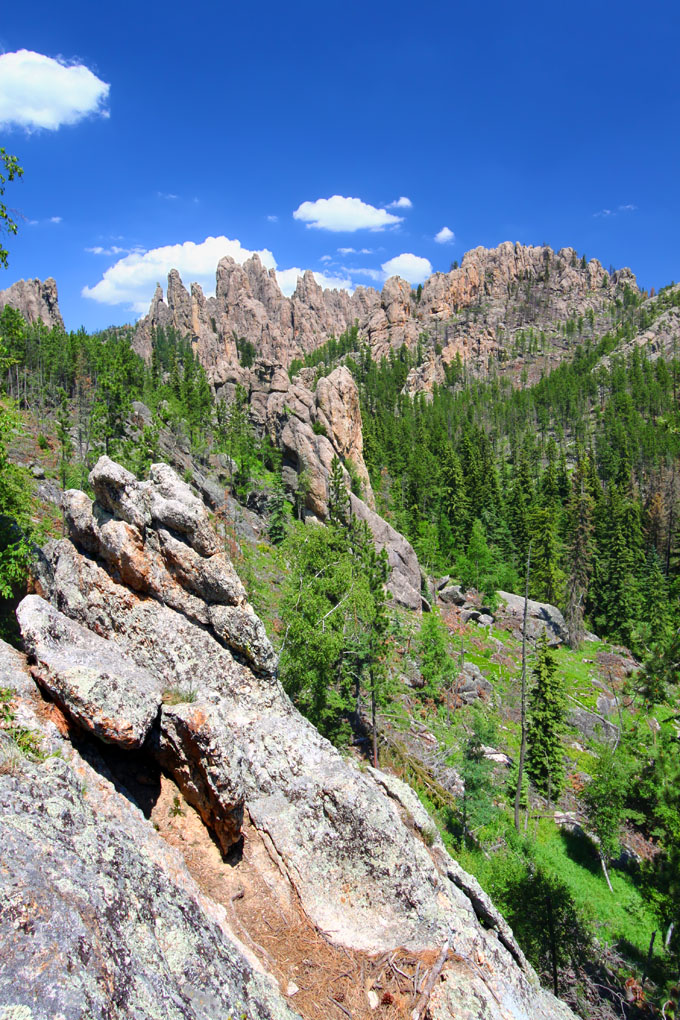 Over the weekend, I complained about the holy ghosts in a New York Times story about disputed oil drilling on a Montana Indian reservation.
Reader Per Smith got a little worked up over my analysis:
Over the weekend, I complained about the holy ghosts in a New York Times story about disputed oil drilling on a Montana Indian reservation.
Reader Per Smith got a little worked up over my analysis:
The article says clearly that members of the tribe go on vision quests and you wonder if these people are members of a native American faith. If it had informed us that they took pilgrimages to Mecca would you lambaste the NYT for not stating that they were Muslim in those words?
The Old Bill chimed in to defend me:
Per Smith, I think you’re being a bit hard on Bobby. Native American beliefs are not all the same. There are many, many Christians and a good deal of syncretism. (Geronimo died a Christian, but retained an Apache framework.) Going on vision quests does not explain what is sacred and why.
My concern was the extremely vague nature of the religion angle in the Times report. I wanted to understand how and why many tribal members see the land in question as "sacred." The story proved a disappointment in that regard, as I opined in the original post.
My reason for revisiting the subject is that a reader sent us a link to an Associated Press story concerning Sioux tribes upset over the possible sale of a sacred site in South Dakota. The top of that story:
SIOUX FALLS, S.D. — It's advertised as a one-of-a-kind deal: Nearly 2,000 acres of prime real estate nestled in the Black Hills of South Dakota for sale to the highest bidder.
But the offer to sell the land near Mount Rushmore and historic Deadwood has distressed Native American tribes who consider it a sacred site. Although the land has been privately owned, members of the Great Sioux Nation — known as Lakota, Dakota and Nakota — have been allowed to gather there each year to perform ceremonial rituals they believe are necessary for harmony, health and well-being.
Members now fear that if the property they call Pe' Sla is sold, it will be developed and they will lose access. The South Dakota Department of Transportation and the Federal Highway Administration are studying the possibility of paving one of the main roads that divides the land, a fact mentioned in the advertisement touting its development potential.
The tribes have banded together to try to raise money to buy back as much of the land as they can. But with a week to go until the Aug. 25 auction, they have only about $110,000 committed for property they believe will sell for $6 million to $10 million.
Can anybody guess my question? Why do the tribes consider the site sacred?
Does AP deliver the crucial details? To my utter delight, yes!:
The tribes believe the Sioux people were created from the Black Hills, and part of their spiritual tradition says Pe' Sla is where the Morning Star fell to earth, killing seven beings that killed seven women. The Morning Star placed the souls of the women into the night sky as "The Seven Sisters," also known as the Pleiades constellation.
See how easy that was?
Black Hills of South Dakota image via Shutterstock
